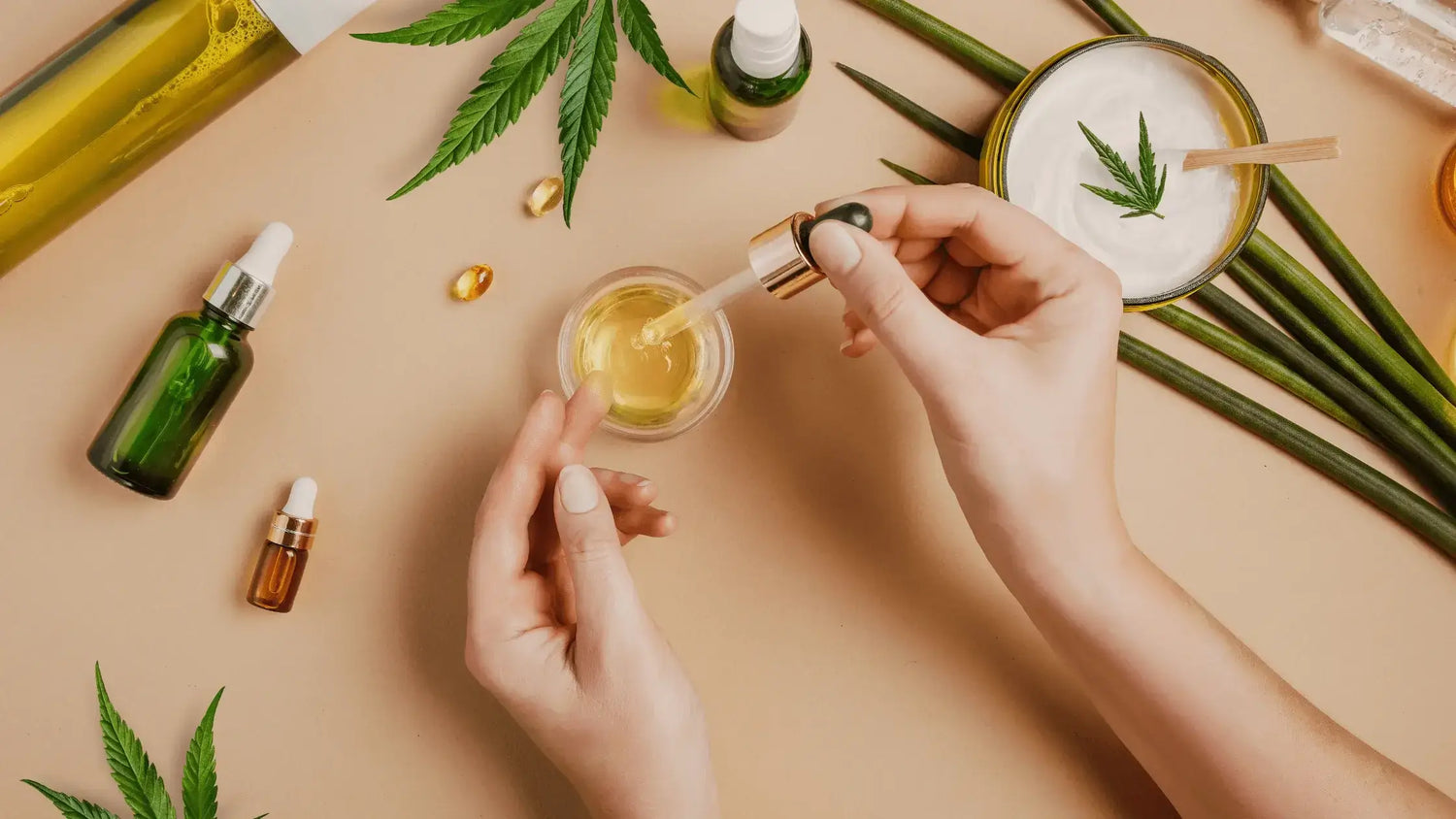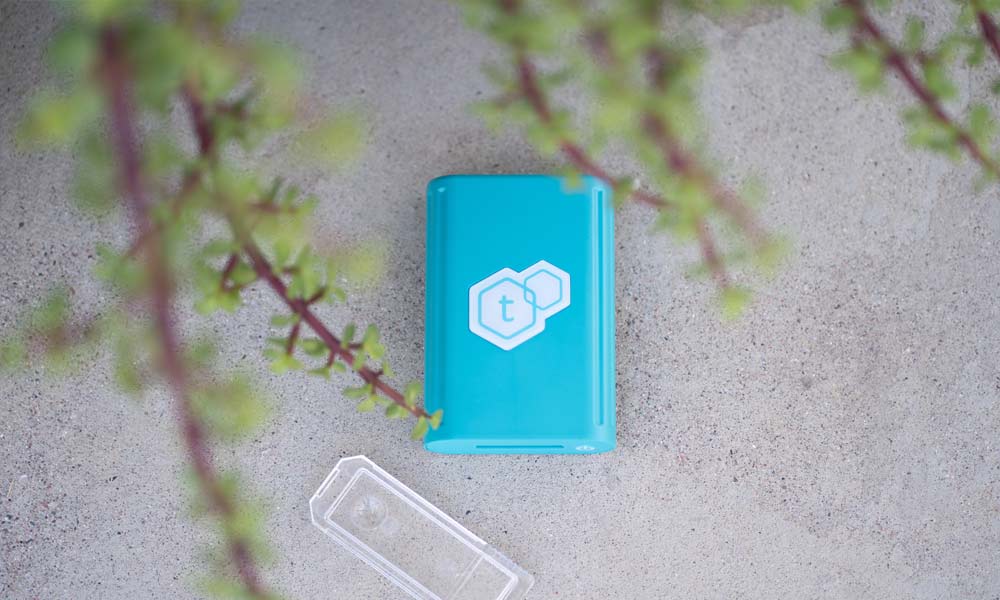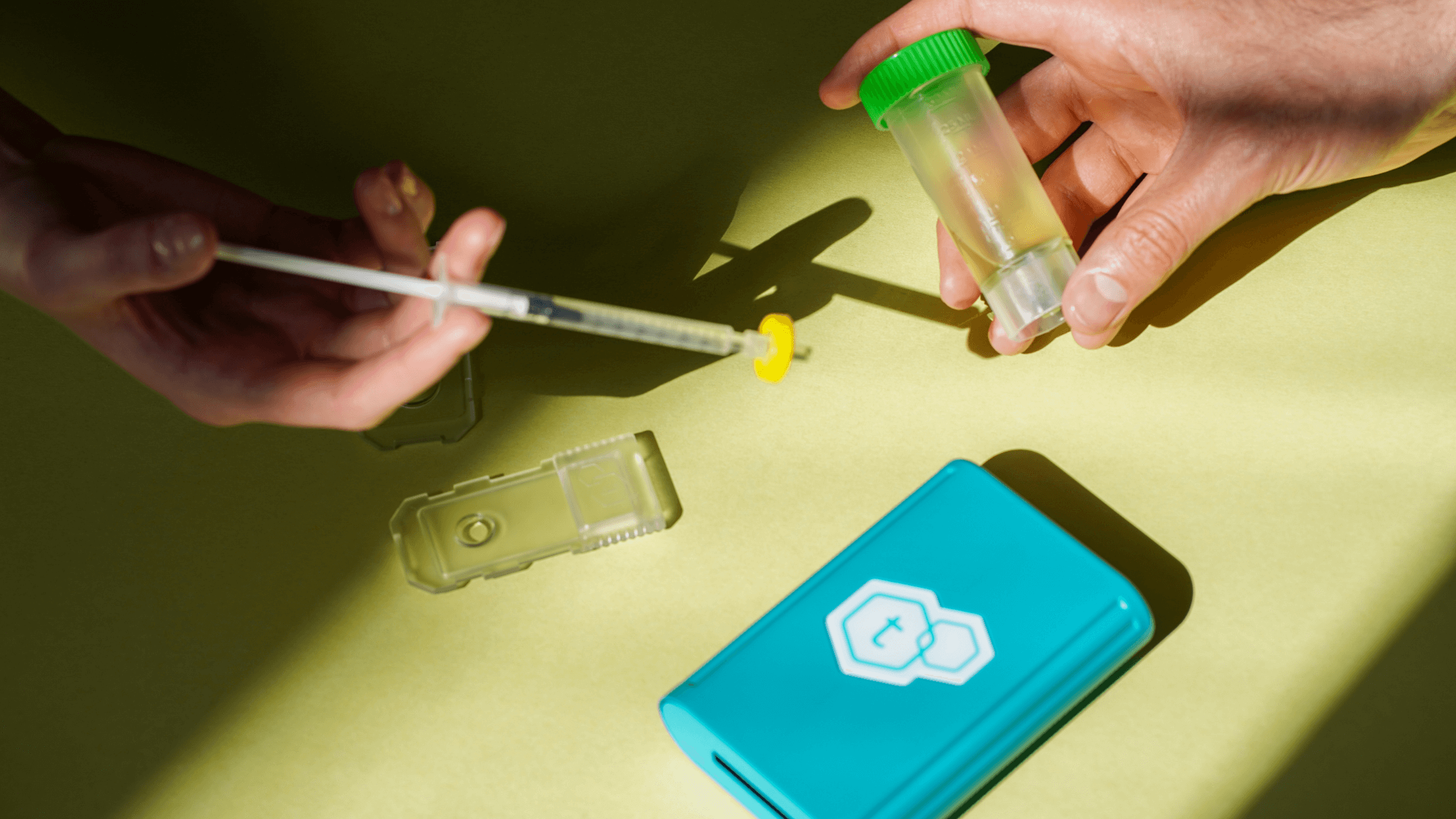Times have changed when it comes to homemade edibles. Before states started to legalize cannabis, most home cooks had to sacrifice precious bud to create infusions for cooking. If you knew a friend who took the risk of growing, you could occasionally score a bag of trim or shake, but that was about the extent of your options until relatively recently.
These days cooks can choose from a dizzying array of materials to create their infused goodies. Even people in most states that have yet to legalize cannabis can choose from a wide range of hemp and CBD products to make edibles. Each type of cannabis product has unique characteristics, and some are better than others for creating different kinds of infusions and edibles.
We’ve prepared this complete guide for cannabis cooks wanting to expand their repertoire. We’ll cover making infusions with every cannabis product other than bud, including how to create shake or kief-infused cooking oil.
Best Oils for Infusions
Cannabis compounds are lipid-based, so cooks need to use some type of fat to extract the cannabinoids. Butter, coconut oil, and olive oil are the most common choices. But some cooks like to use specialty oils like walnut, avocado, sesame seed, and MCT oils to make their infusion.
Some oils infuse easier than others, and each adds a unique flavor to your dishes. We’ve published an entire article about choosing oils for cannabis infusions in case you need help selecting an oil for your edibles.
Making CBD or THC-Infused Cooking Oil with Shake or Trim
Creating infused cooking oil is an excellent way to use leftover material from your harvest or crumbs from your purchased weed. If you don’t grow yourself, you can buy bulk shake and trim online, at your dispensary, or from local farmers.
Making edibles from shake or trim will save you a ton of money, and you’ll get close to the same potency as you would get from using regular buds. There’s no reason to use your dankest nugs to make infusions when most of the aromatic terpenes are lost during the process. Using shake for your homemade edibles are an economic and mindful way to consume your favorite herb.
If you're wondering which oil you should use to infuse your herb with, there's plenty to choose from! You'll want to consider what you plan on making with the infusion as each oil has slightly different properties cooking temps, taste, etc. Learn more about how to pick the right oil for making cannabis edibles.
What Is the Difference Between Shake and Trim?
Shake is the leftover stems, seeds, and broken-up pieces of bud that gather on the bottom of your weed jar or stash box with regular handling. You could think of shake in the same way you consider the crumbs at the bottom of a potato chip bag. They’re perfectly usable but not as appetizing.
Trim is the leftover material from manicuring cannabis after harvest. Shake is usually better than trim for edibles as trim can contain a hefty amount of leaf material, which will give your oil a more “green” taste and reduce the potency. However, if you have a tendency to overdo the strength of your infusions and you don’t mind the herbal flavor, trim can be a perfect option for you.
Procedure for Making Infused Cooking Oil from Shake or Trim
It’s likely that the shake or trim you have will come from several strains. We recommend that you start with about ½ to one ounce of shake for each cup of cooking oil you infuse, depending upon how strong you like your edibles.
There’s really no way to know the exact potency of shake or trim unless you send it to a lab for analysis or test your cooking oil with tCheck’s at-home potency tester. The unit also has an Onboard THC Dosage Calculator so that you can find out exactly how much infused cooking oil to add to your creations.
Preparing the Shake or Trim
The first thing you’ll want to do is remove any stems or seeds from the shake or trim.
Next, you’ll need to decarb the material, just like when you’re cooking with buds. Decarboxylation removes the acid group from the cannabinoids, making them more bioavailable for the human body.
Decarbing first will make your infused oil more potent and reduce the amount of material you’ll need. If you’re new to making edibles, check out our previous blog to learn more about decarbing.
Infusing the Oil
Now that your shake or trim is decarbed and ready to go, you can begin the infusion process.
Materials to Infuse the Oil:
- Crockpot or pan and stovetop
- Grinder (A coffee grinder is handy for this purpose, but you can also use a metal cannabis grinder or spice grinder.)
- Small metal strainer
- Coffee filter
- Mason jar with lid
Procedure to Infuse the Oil:
- Grind the shake or trim into a fine powder. This will increase the surface area and ensure an even distribution of cannabinoids throughout your cooking oil.
- Set your crockpot or stovetop to the lowest temperature possible and pour your cooking oil inside.
- Slowly stir in the ground shake or trim.
- After the shake is evenly distributed, let the oil infuse for at least two hours, stirring occasionally.
- Remove the mixture from the heat. While you’re waiting for the infusion to cool, place the metal strainer on top of the open Mason jar, and line the strainer with the coffee filter.
- When the mixture is cool enough to handle, pour it through the coffee filter. It will take a while to drain through, so you’ll need to be patient. You can use a wooden spoon to gently press on the plant material to speed up the process and squeeze all of the infused oil out of the mixture.
- Replace the lid and store the jar of shake-infused cooking oil in a dark, cool, and dry area.
Creating Hash or Kief-Infused Cooking Oil
Cooking with hash and kief offers several advantages. Since there’s less plant matter, hash and kief-infused edibles will have less of an herbal flavor than those made with buds, shake, or trim. You’ll also need less fat to extract the cannabinoids.
What Are Kief and Hash?
Kief is made up of cannabinoid-rich trichomes from cannabis flowers. You’ll find kief mixed in with the shake at the bottom of your jar of buds. You can separate and collect kief by using a specialized stash box equipped with screens for filtering out kief.
Hash is kief that has been formed into tight balls, bricks, or slabs, using heat and pressure. Crumbly hash works better than gummy-textured hash. However, you can still use the more sticky style of hash if you soak it in hot water first.
Kief and hash have average potencies of 50-70%, so you won’t need as much of it as you would with buds or trim. We suggest that you start with ½ to one gram of kief or hash per cup of cooking oil. Remember: you can always test the final infusion with tCheck’s cannabis potency tester and adjust your recipes accordingly.
Procedure for Making Hash or Kief-Infused Cooking Oil
You’ll still need to decarb hash and kief before you use them to make infused cooking oil. We recommend decarbing your hash or kief in a Mason jar or on parchment paper, so you don’t lose any precious material.
Next, you’ll need to do some calculations to determine how much of your concentrate to use. To do this, you’ll need to do the following math:
(Grams of concentrate x percentage of THC or CBD x 1000) /number of servings in your batch of cooking oil
You won’t need to heat the mixture as long when you’re creating infused cooking oil with kief or hash.
- Simply place your oil and decarbed kief or hash into a Mason jar. Gently shake the jar and set it aside.
- Heat a pan of water on the stove. When the water starts boiling, turn the heat to the lowest setting.
- Give the jar with the mixture a couple more shakes and place it into the water.
- Heat the mixture in the double boiler for 2-4 hours, adding more water when necessary.
- After no more than 4 hours have passed, remove the pan from the heat and let it cool. Replace the lid and store. There’s no need to strain hash or kief-infused cooking oil.
Making Cannabis-Infused Cooking Oil with High Potency Concentrates
You can also make infused cooking oil with potent concentrates like rosin, tinctures, distillates, isolates, Rick Simpson Oil, and BHO extracts like shatter and wax. Making infused cooking oil is a convenient way to use older concentrates or extracts with flavor that wasn’t impressive for dabbing or vaping. Creating infused oil with these types of concentrates is also the ideal method for making potent edibles for medicinal use.
You don’t need to decarb every concentrate before you start the infusion process. Some kinds of concentrates, such as isolates and Rick Simpson Oil, have already been decarbed during the original extraction process. Decarbing these types of concentrates will damage them and lower their potency. For those concentrates that you have to decarb, you’ll need to use a lower temperature and heat them for a slightly longer time than you would for buds, shake, or trim.
Concentrate Decarb Guide
| Decarb | Don’t Decarb |
| Rosin | Isolates |
| Live Resin | Distillates |
| Shatter | Rick Simpson Oil |
| Wax | Full Extract Cannabis Oils (FECO) |
| Crumble | CO2 Oils |
| Budder |
Get to Know Your Infusion Better with tCheck

Starting with a lab-tested CBD or THC product can help, but you’ll still be left with complicated calculations to figure out how strong your final product will be. And if you happen to grow your own cannabis, you won’t know the THC content of your flower or trim unless you send it out for a costly lab test.
That’s why we developed the tCheck cannabis potency testing device, a quick and easy way for you to get an accurate reading on the THC or CBD content of your infusions—right from the comfort of your kitchen. Just add a drop of butter, oil, or tincture to the slide, insert the slide into the tCheck device, push a few buttons, and Voila! tCheck’s digital screen will tell you exactly how much CBD or THC is in your infusion.
Do you want to know how much cannabis infusion you’ll need to add for exactly 16, five-milligram servings? No problem. tCheck comes with an onboard calculator that will tell you precisely how many teaspoons, tablespoons, or milliliters to add for each portion. It’s that easy!
Are you looking to find out the cannabinoid content in your flower or concentrate? We’ve got you covered. With tCheck’s Expansion Kit, you can find out the potency of your homegrown cannabis, hash, or shatter in mere minutes.
If you would like to know more about tCheck’s at-home cannabis test, contact our support team. Our friendly staff will be delighted to assist you.







